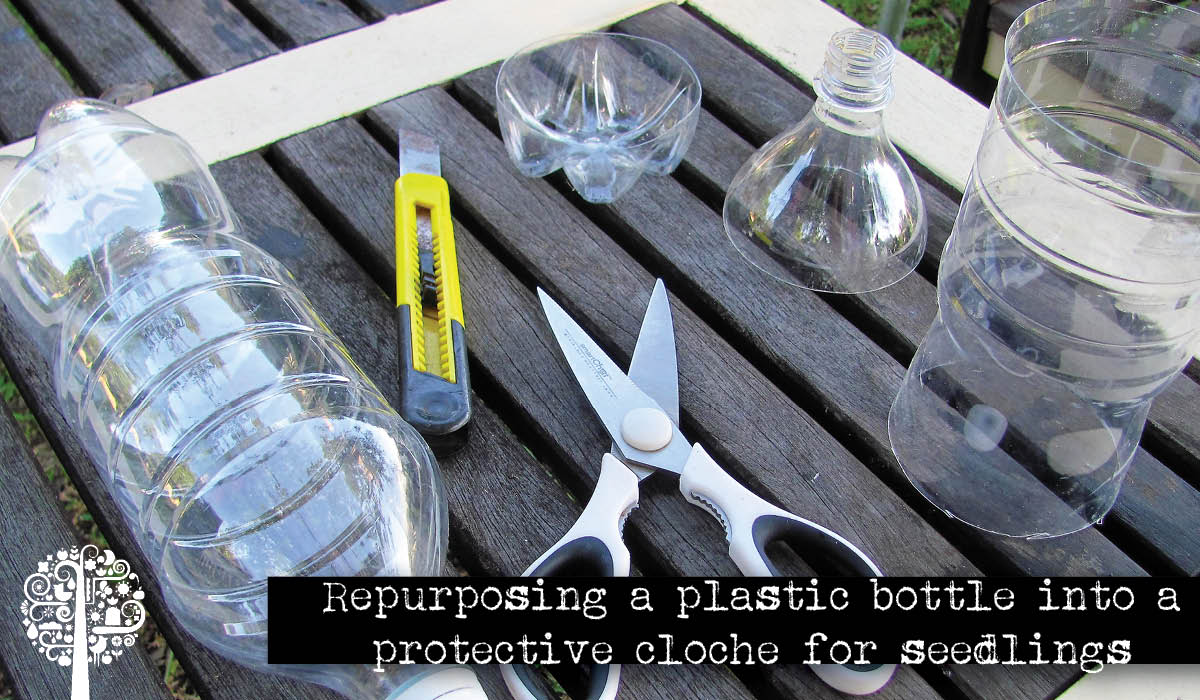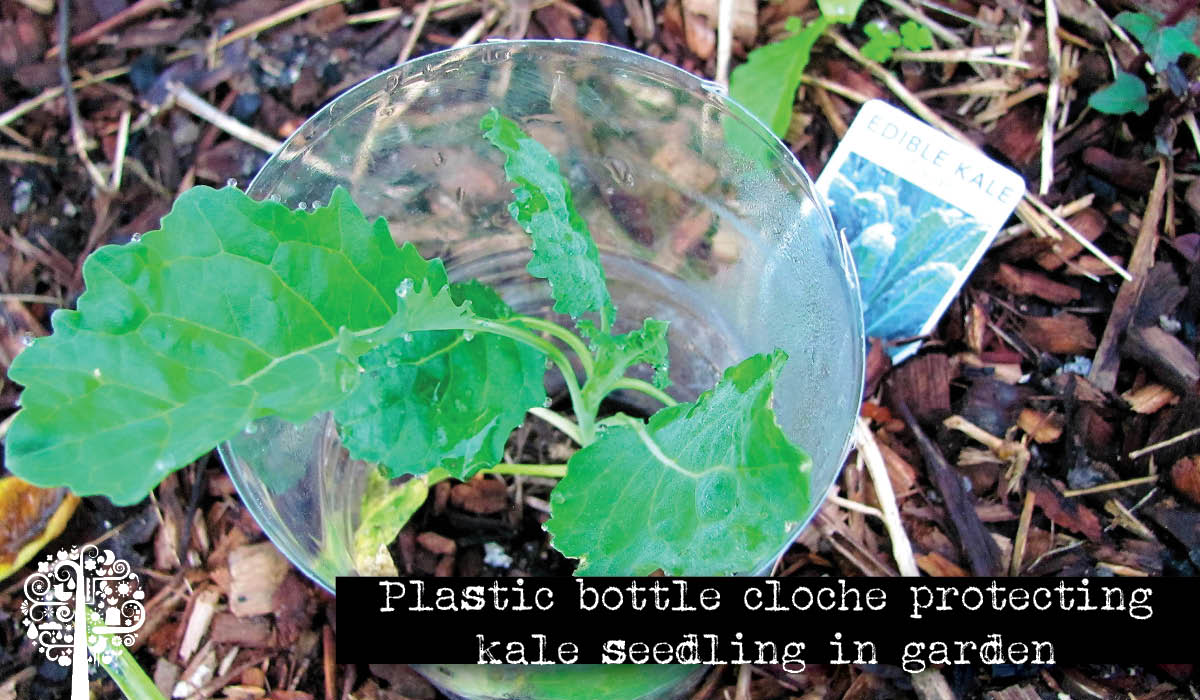Before apps and garden gadgets were available, gardeners used tried and true techniques to grow their food and gardens. I admit I prefer to keep smart devices indoors except when I’m consulting. Zoom video calls are a great way to ‘walk’ around client gardens long-distance!
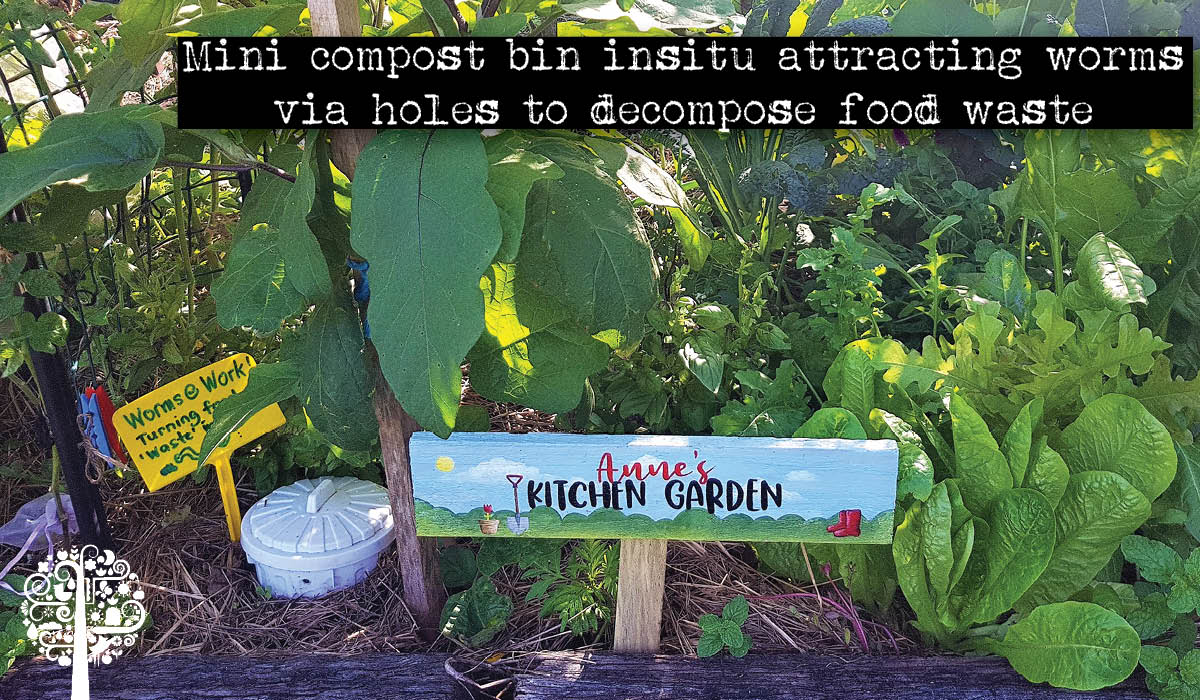
However, I enjoy connecting deeply with nature in my garden and using my senses and creativity. That said, I do use a mobile phone to take photos for my online garden journal records. Digital photos are an easy way to track patterns each year. I follow moon cycles to time my planting activities like farmers have done for thousands of years.
I also use a soil pH kit for testing as needed. A timer on the multi-zoned irrigation system is a significant investment but saves time and money. When it comes to solving other garden issues, I prefer non-invasive, inexpensive ‘old tech’ approaches to organic gardening!
These are a few of my favorite tech-free and DIY gardening hacks.
Crop Protection and Pest Management
One of the biggest issues we face is pests stealing our food crops before we get a chance to harvest. Insects, caterpillars, slugs, and snails are a few of the most common culprits.
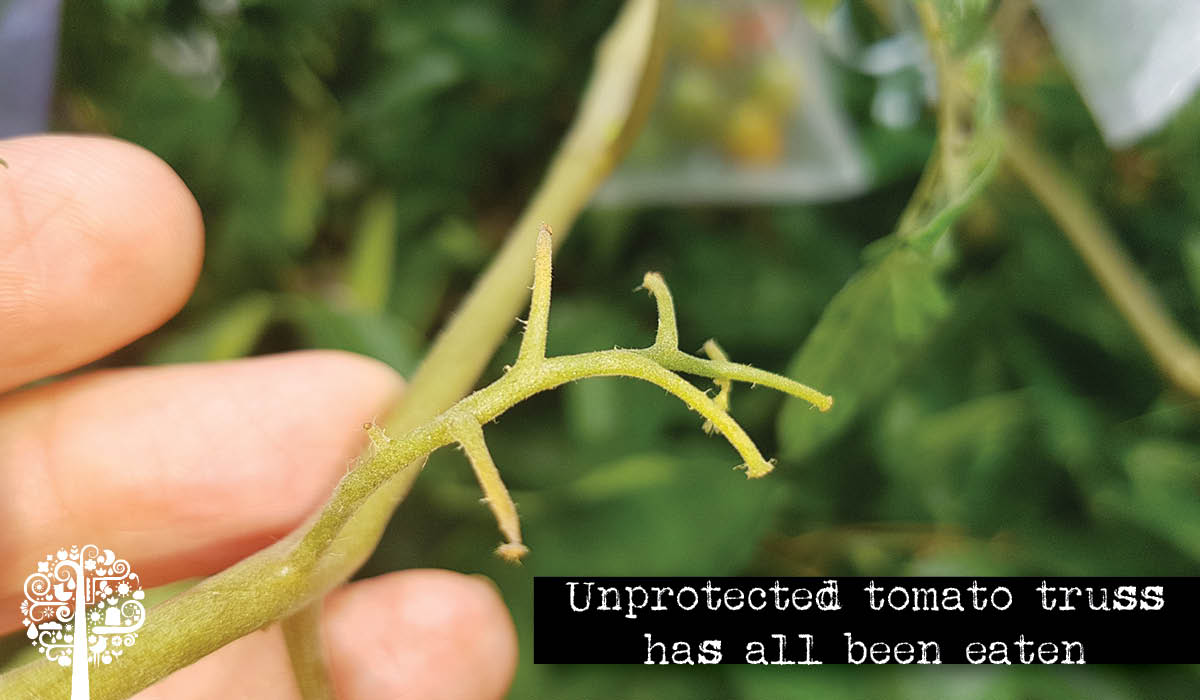
The two stages that our edibles are most vulnerable are when they are tender seedlings or bearing fruit. So, I have a few strategies up my sleeve to protect my plants for minimal cost, time and effort.
DIY Upcycled Cloches
Newly germinated seeds and young seedlings are very vulnerable to a wide range of pests. Whilst I’m not a fan of plastic in the garden, upcycling can be an economically sustainable option for many gardeners. Since most households must recycle plastic bottles of some kind, you can put them to better use outdoors. I repurpose spare bottles by making them into a reusable ‘cloche’ or crop cover. Simply cut the top and bottom off and slide over the seedling, embedding the base into the soil. Sometimes I peg it into position by reusing bamboo skewers or takeaway chopsticks. They’re perfect for holding a cloche in place.
Butterflies and moths find it too difficult to land down inside the cloche, which prevents eggs from being laid and hatching into caterpillars. Similarly, I find grasshoppers and katydids don’t bother jumping in either. Slugs and snails usually opt for an easier target at ground level. Once the seedlings have established into young plants and reach the top of the cloche, they are about 20-25cm high and can resist attack. Just remove the cloche and reuse it elsewhere.
Bag It!
I use cheap reusable gift bags with ties in various sizes to protect different fruiting crops from attack. Green stink bugs, fruit flies, caterpillars, grasshoppers, rats, and mice all seem deterred by this simple but effective strategy.
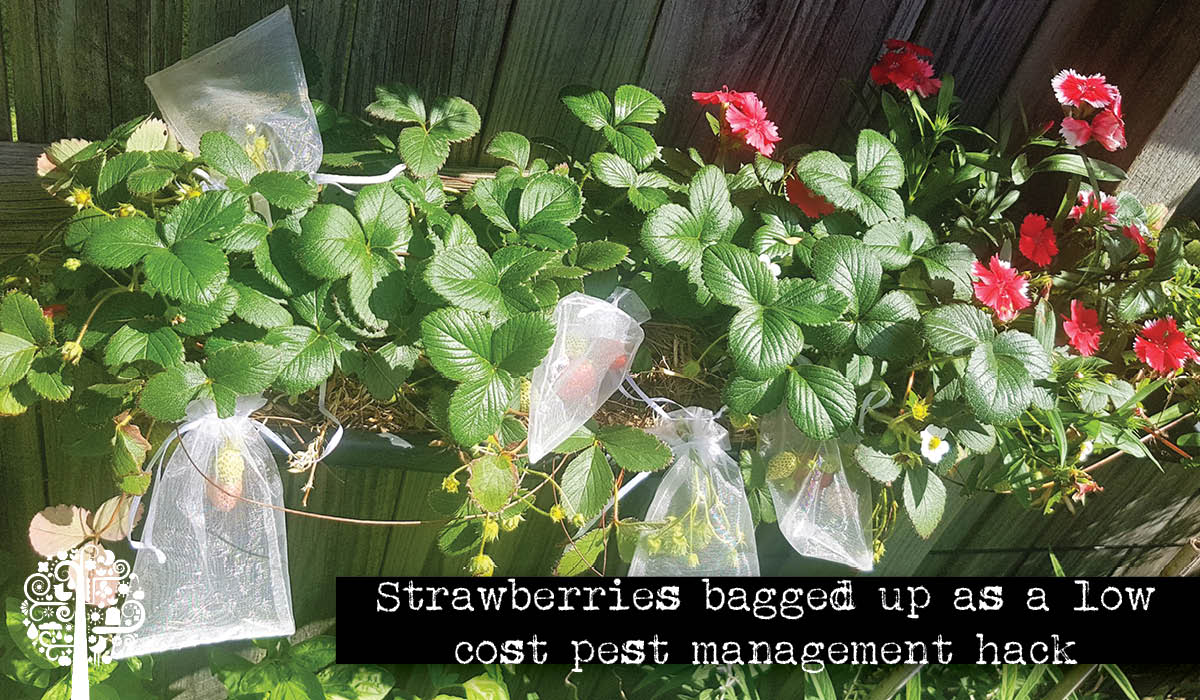
I use small, medium and large bags depending on the size of the fruits I’m protecting. Small bags are perfect for covering clusters of strawberries, and medium bags are ideal for cherry tomatoes, depending on the variety. I use larger bags for truss tomatoes, peaches, stone fruit, passionfruit, capsicum and eggplant. The ties are quickly closed and loosened when you need to pick your fruit.
When the fruits are ready, they safely drop off into the bag, so nothing goes to waste.
Confuse Cabbage Butterflies
As a little girl, I spent a lot of time in my nana’s highly productive kitchen garden and farm. I was fascinated by her ‘eggshell butterflies.’ I thought they were garden art! Out of economic necessity and ingenuity, nana used to deter the cabbage white butterflies from laying eggs on her vegetables by making her own decoys.
Knowing they are territorial, she broke eggshells into two butterfly wing-sized pieces. She drew a black dot on each ‘wing’ and stuck them on wooden garden stakes with some putty. The fake butterflies were always in residence, so the real ones looked for new territories. Nowadays, I use blu-tac to hold the eggshell wings in place to look like a butterfly, but this simple trick seems to work! Whilst you can buy plastic butterfly lookalikes, why not make your own for free?
DIY Plant Supports and Garden Supplies
Vertical structures for climbing plants can be expensive. An economical and sustainable solution might already be in your garden. When pruning trees and shrubs, branches often go to waste or in the council recycling bin. However, I use mulberry branches to weave in and out of each other to make an easy trellis. No cost at all!
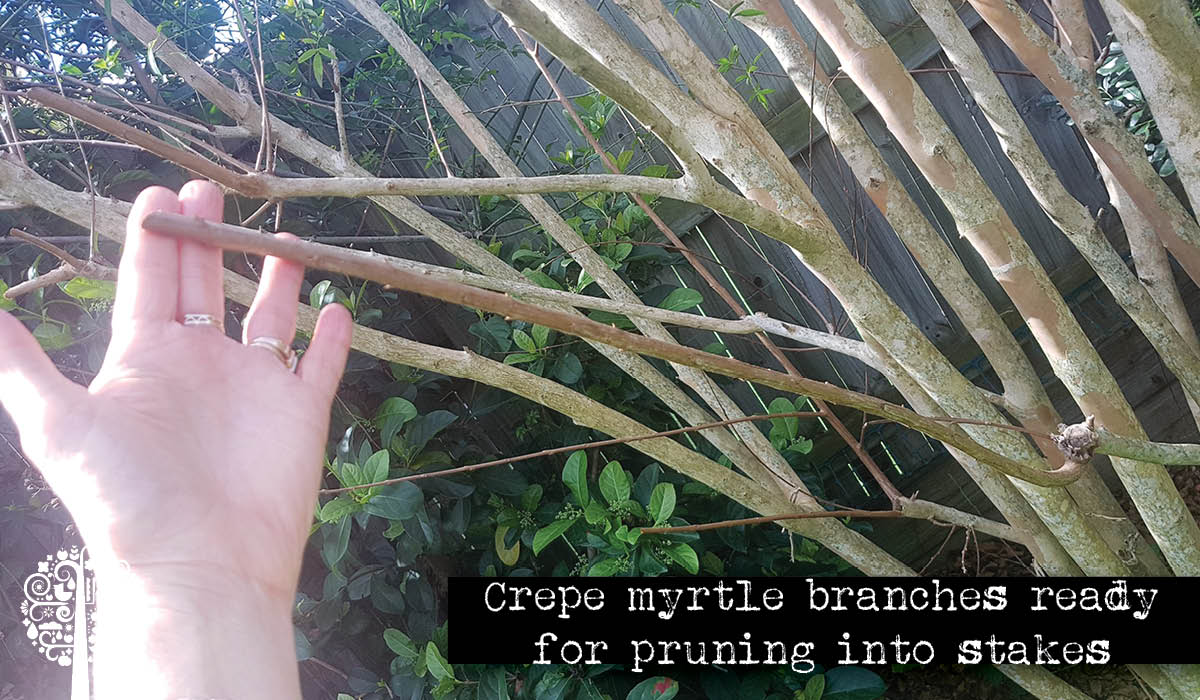
Tall, straight branches from our crepe myrtle tree are easily stripped and make ideal stakes. I use these to support young plants with ties. They last at least a season.
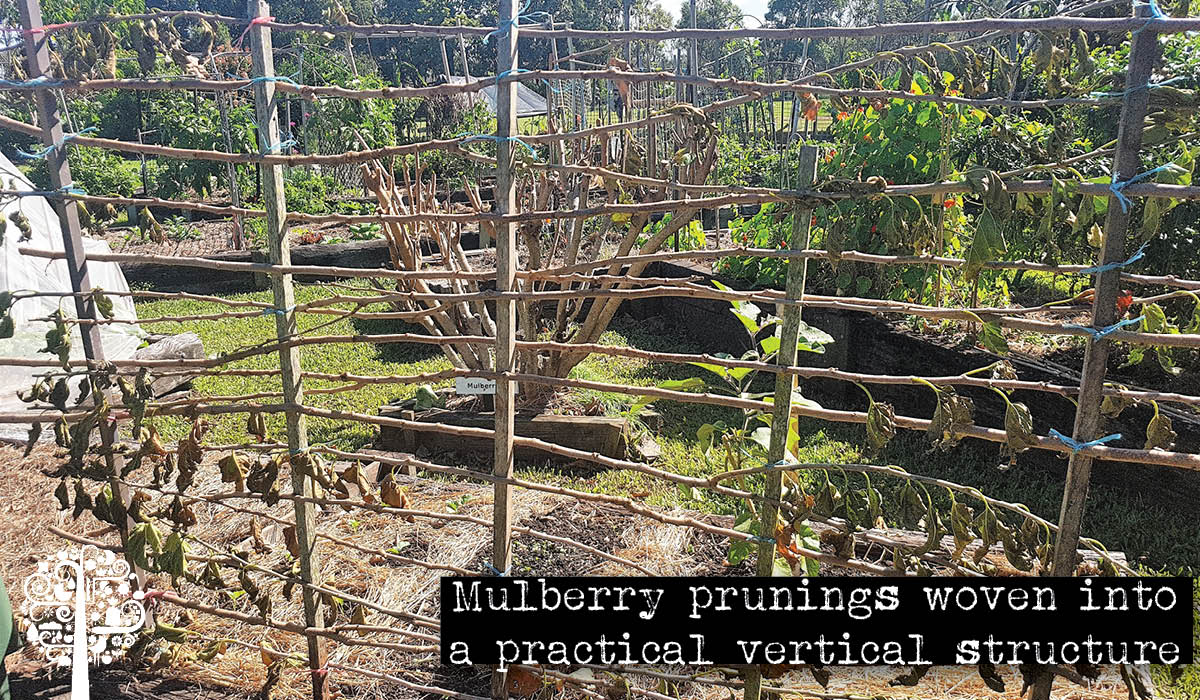
Palm branches are often the bane of many gardeners’ lives; however, they can play a valuable role. Instead of ending up in the green waste bin, I strip off the leaves from the central stem and use as mulch. Fibrous palm stems are high in lignin and cellulose, so they take longer to break down. I sharpen the end into a point with secateurs and use these as long-lasting garden stakes. Not such a problem after all!
Electric Pollination
One of the challenges with growing food is pollinating fruiting crops when there are insufficient pollinating insects, a real issue in urban areas due to chemicals and a lack of flowering species in many small gardens. Insects are also unable to pollinate when growing food indoors or in a greenhouse.
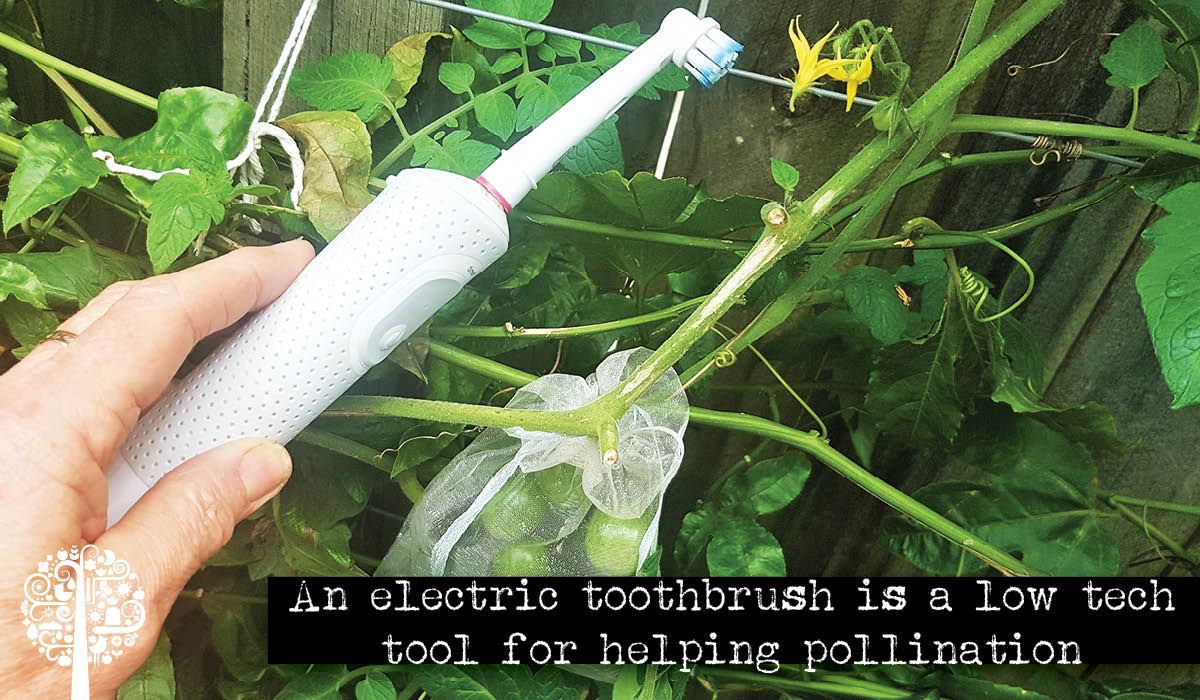
Some vegetables in the Solanaceae family, like tomatoes, eggplant and capsicum, require specific ‘buzz pollinators’ for successful pollination and harvests. These pollinators include solitary bees like bumblebees. As they visit the flower, they shake the pollen loose by vibrating their bodies – a process called sonication. This ultrasonic vibration helps agitate and release the pollen, so fertilization takes place.
How do we solve this problem? Simply use an electric toothbrush and touch the flower’s base at the stem to help shake the pollen from the anthers down to the stigma. It’s incredibly effective and fast!
Saving Water
Some container gardeners use chemical-based polymer water crystals to try and hold moisture for longer. However, I prefer to use natural solutions to stop my potting mix from drying out too fast. One option is to add rehydrated coconut coir fiber to the mix. It holds up to 70% of its weight in moisture and lasts for around five years. It re-wets easily like a sponge. Vermiculite and zeolite are also natural mineral-based additions that significantly increase water-holding capacity. These are easy ways to prevent your pot plants from turning into ‘dried arrangements!
Another way to retain soil moisture is by employing worms. Worms excrete manure or vermicast that holds a significant percentage of humidity and soluble nutrients in the soil. The minerals are immediately bioavailable. Adding organic matter and keeping soil covered with mulch provides food and habitat for worms to work.
With a little creative thinking, uncomplicated old ways can be just as good as new ones, often save you money, and are incredibly rewarding.
